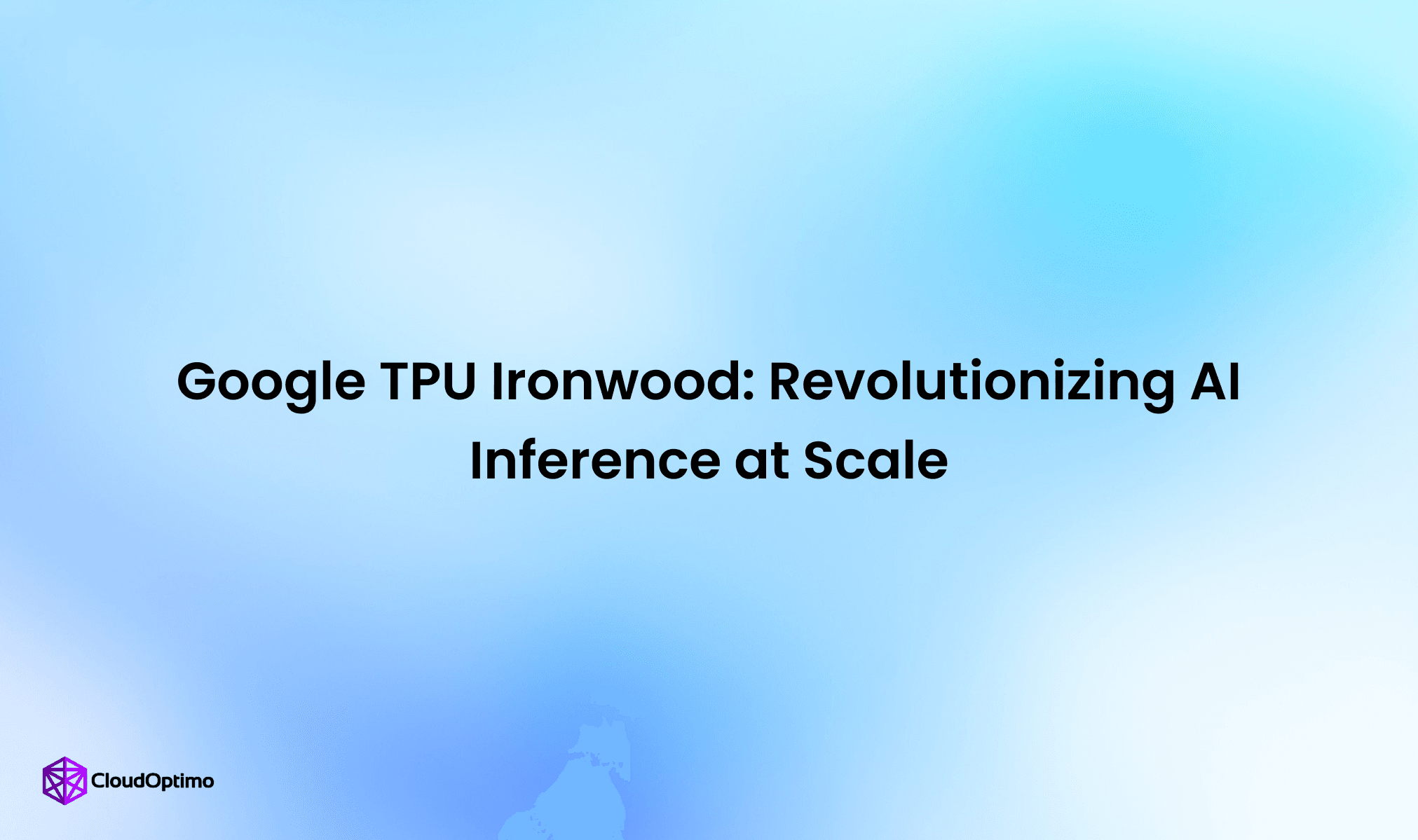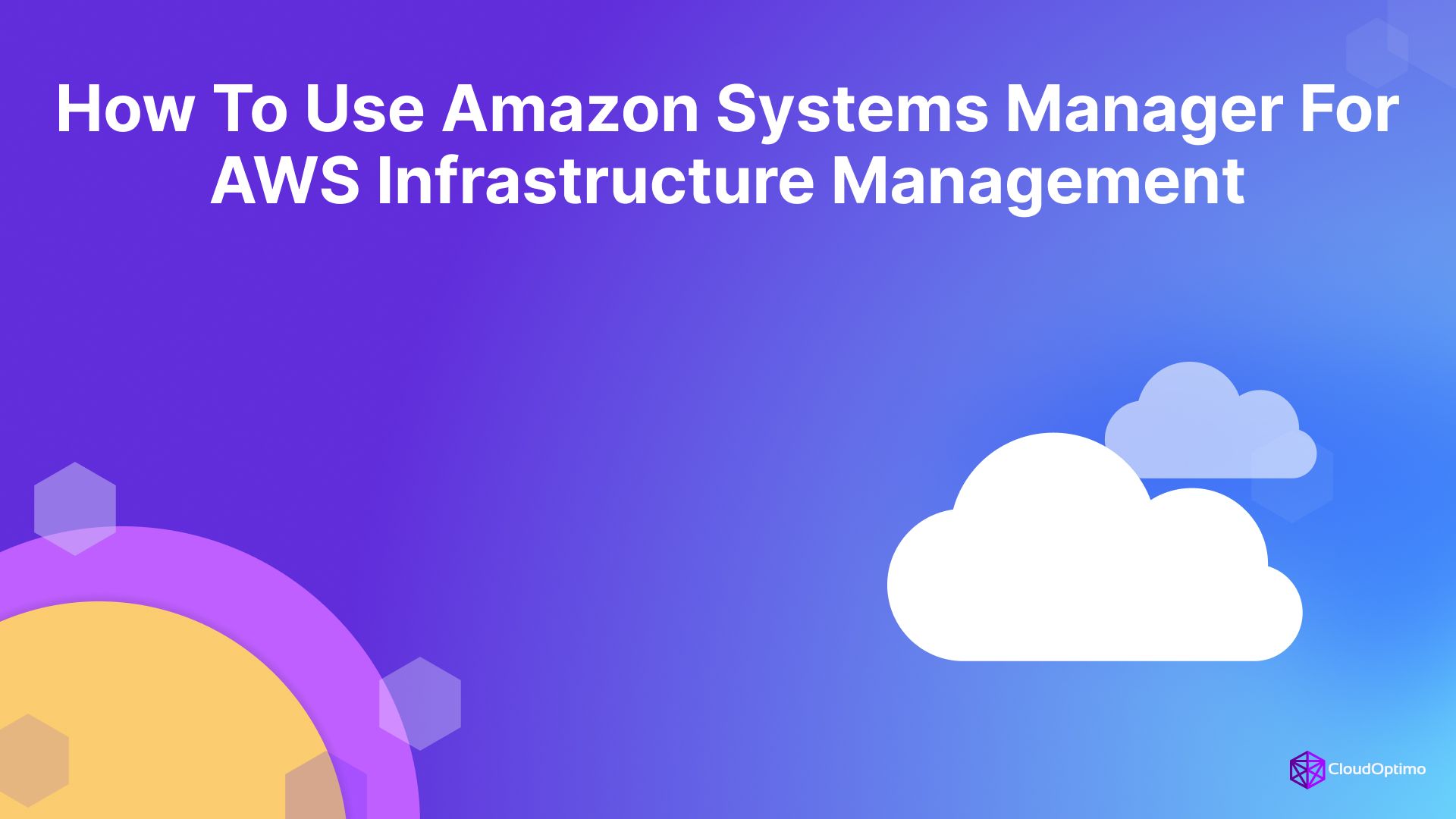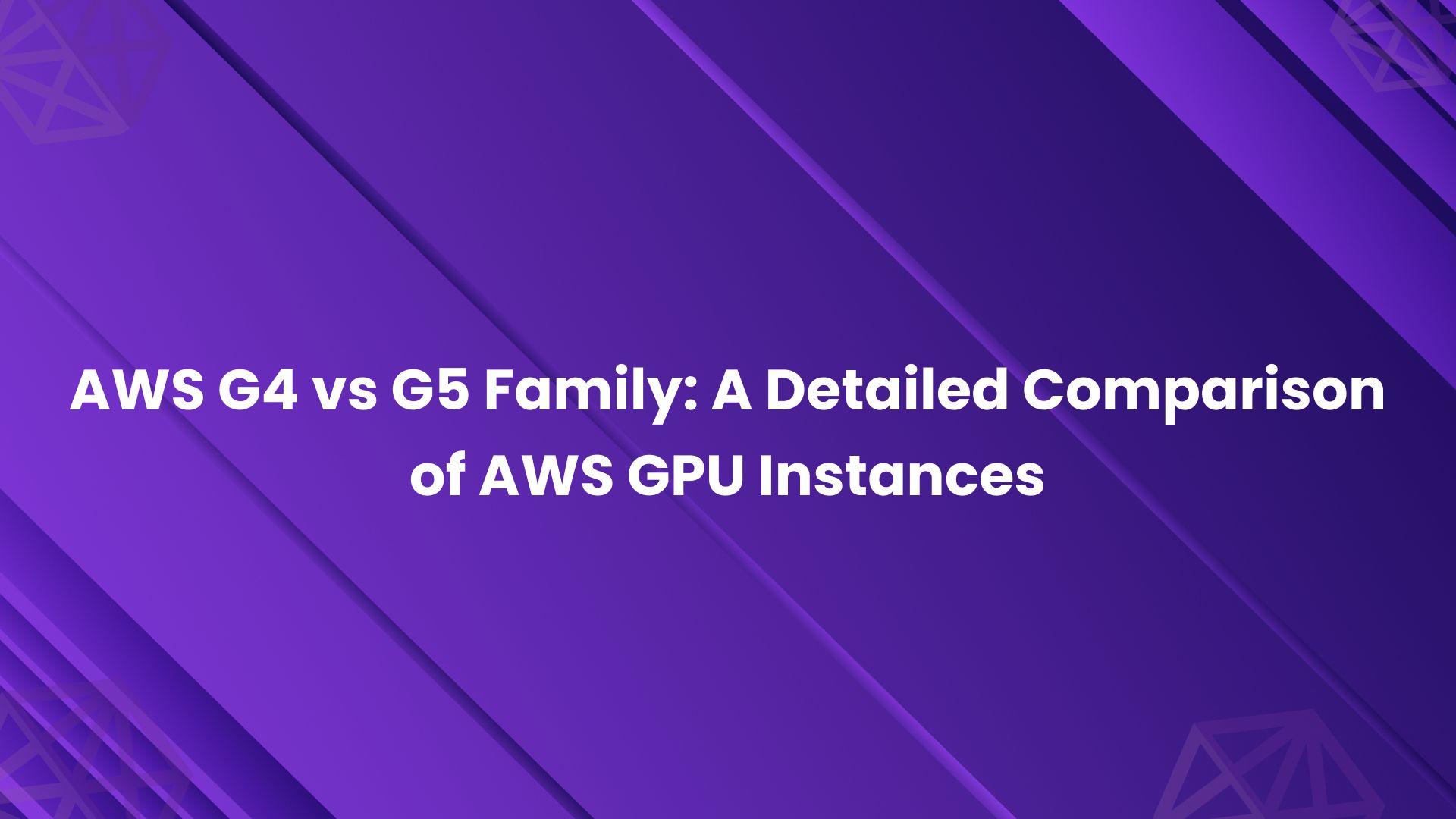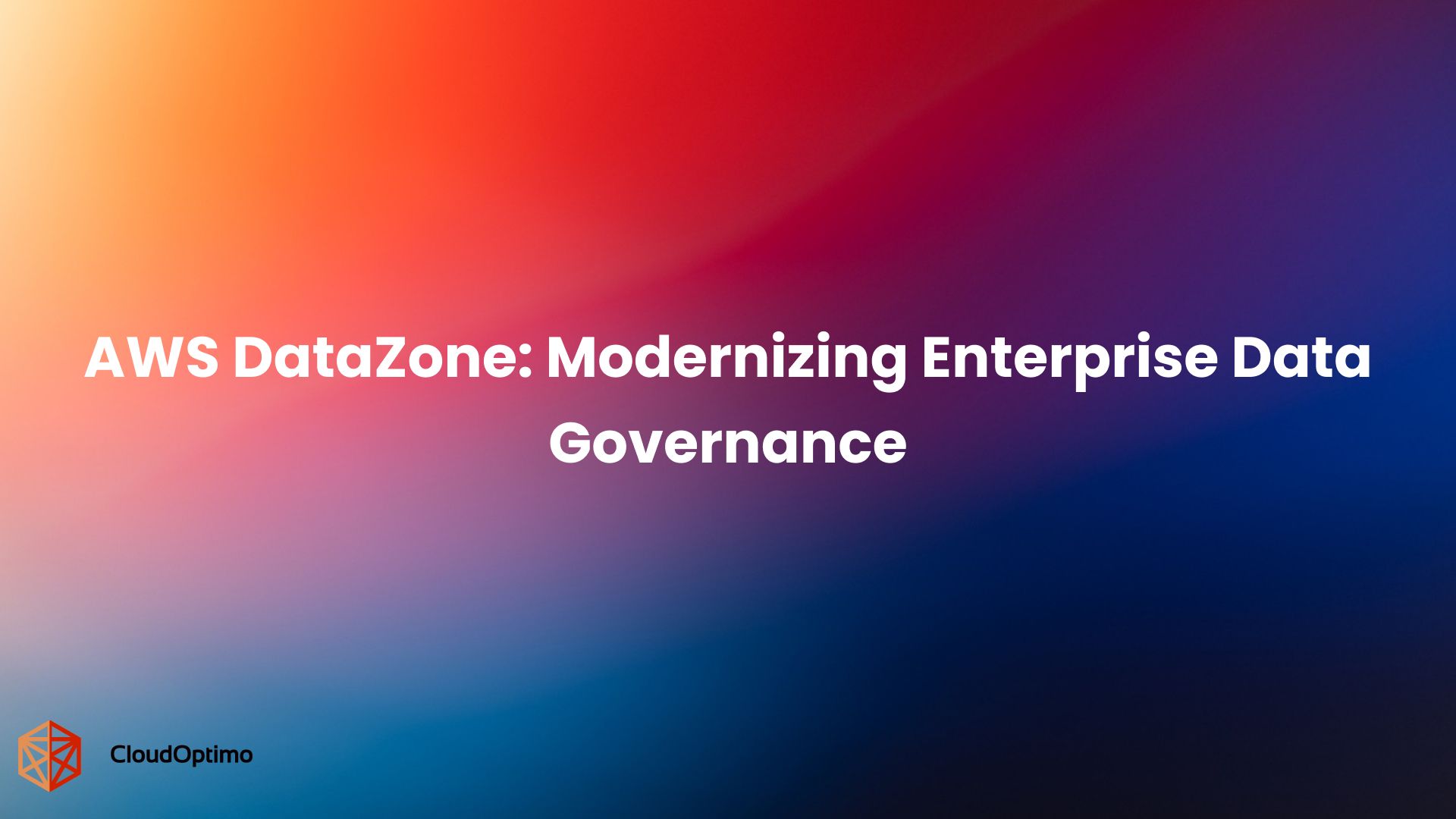Introduction
Choosing the right messaging service on AWS can significantly impact the efficiency and scalability of your applications. Among the key contenders — SQS (Simple Queue Service), SNS (Simple Notification Service), and EventBridge — understanding their unique capabilities is crucial for architects and developers. This guide explores their strengths, use cases, and how each service facilitates asynchronous communication within AWS environments.
Asynchronous Messaging: The Foundation of Distributed Systems
Distributed systems leverage asynchronous messaging to achieve three key objectives: scalability, resilience, and decoupled services. This approach differs from synchronous communication, where services interact in real time and wait for a response before continuing. Asynchronous messaging allows for indirect communication, eliminating the need for sender and receiver to be synchronized. This fosters greater flexibility and fault tolerance within the system's design.
Benefits of Asynchronous Messaging:
- Scalability: By avoiding bottlenecks associated with waiting for responses, asynchronous messaging enables the system to handle increased load more efficiently.
- Resilience: Services can continue processing even if the receiving service experiences temporary unavailability. Messages are typically queued for later delivery, ensuring communication continues despite individual service issues.
- Decoupling: Services are not dependent on each other's availability or processing speed. This promotes independent development and deployment cycles.
Understanding Events: Signals for Action
Before delving deeper, let's establish a common ground: events. These are essentially signals indicating that something noteworthy has occurred within the system or an external source. Here are some examples:
- AWS Service Events: New object creation in S3 or an EC2 instance state change.
- Custom Application Events: User registration or order placement on your platform.
- External Events: Updates sent by a SaaS provider or third-party application.
The core advantage of events lies in their use of asynchronous communication. Unlike traditional request-response interactions where services wait for replies, events allow services to publish messages and continue execution. This promotes loose coupling and scalability as services can process events independently, without blocking each other.
The Messaging Trio: AWS SNS, AWS SQS and AWS Eventbridge
Now, let's meet the champions of event-driven communication on AWS:
- SQS (Simple Queue Service): The Reliable Queue
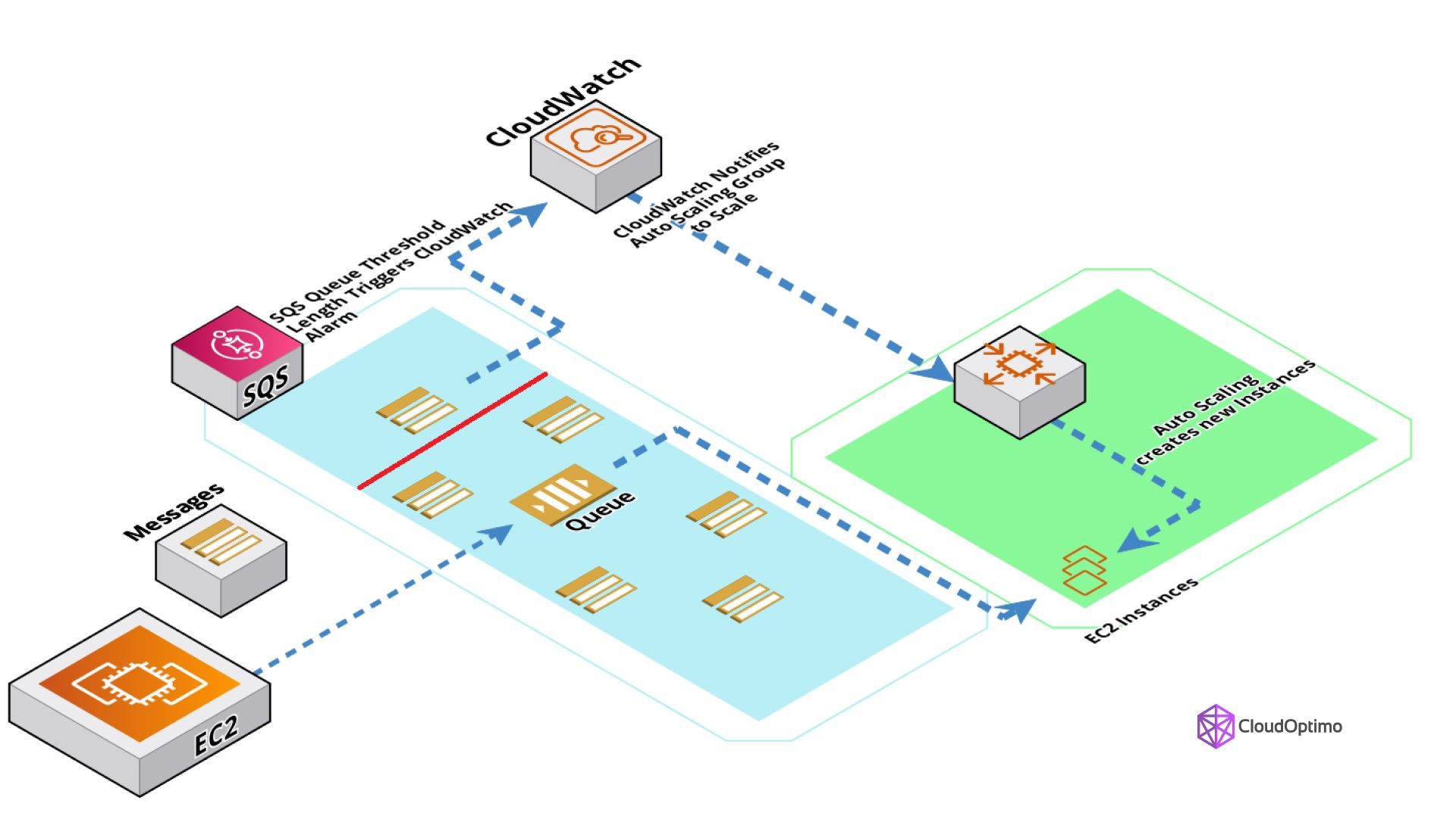
SQS is designed for reliable and scalable message queueing. It operates asynchronously, storing messages in a queue until they are processed by a consumer. This decouples the components of an application, allowing them to operate independently and handle varying processing times without affecting overall system performance. SQS supports two types of queues: Standard and FIFO (First-In-First-Out), each catering to different message ordering and delivery requirements.
Key Characteristics of SQS:
1. Asynchronous Processing: Messages remain in the queue until processed, enabling asynchronous handling and scalability.
2. Message Retention: SQS ensures message durability by retaining them until they are explicitly deleted.
3. Fault Tolerance: It supports dead-letter queues for handling and managing messages that cannot be processed successfully.
4. Scalability: SQS scales seamlessly to accommodate varying message volumes without manual intervention.
- SNS (Simple Notification Service): The Real-time Broadcaster
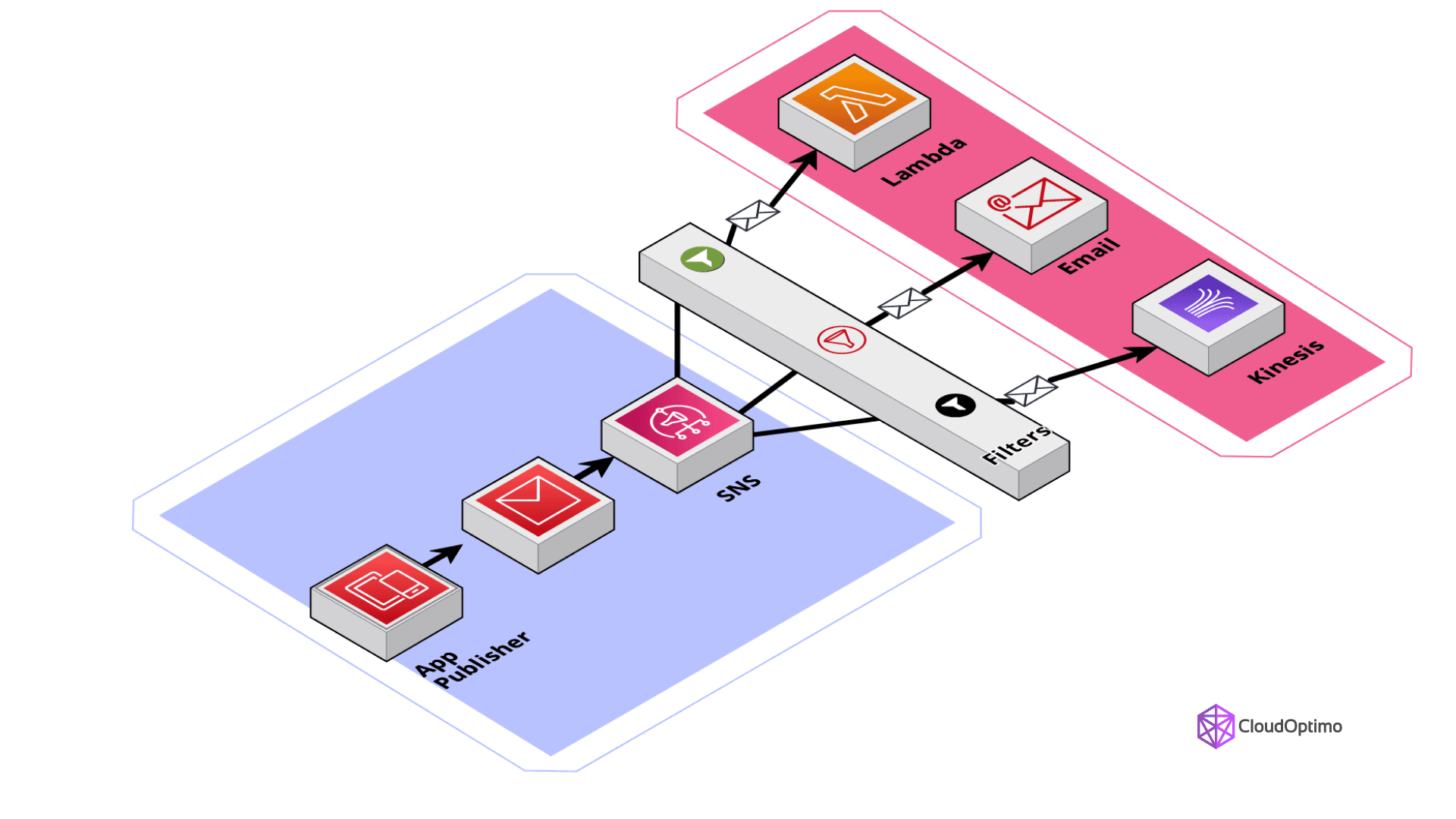
SNS excels in broadcasting messages to multiple endpoints in real-time. It operates asynchronously by sending notifications or messages to subscribed endpoints, such as HTTP/S endpoints, SQS queues, Lambda functions, or email/SMS recipients. This push-based model ensures immediate delivery to all subscribers, making it ideal for applications requiring instant notifications or updates across distributed systems.
Key Characteristics of SNS:
1. Push-based Messaging: Messages are delivered to multiple subscribers simultaneously in real-time.
2. Versatility: Supports multiple protocols and endpoints for message delivery, including HTTP/S, SQS, Lambda, email, and SMS.
3. Scalability: SNS scales automatically to handle any number of incoming messages and subscribers efficiently.
4. Event-driven Architecture: Integrates seamlessly with other AWS services and third-party applications for event-driven workflows.
To learn more about AWS SQS and SNS Visit this link.
3. EventBridge: The Event-driven Orchestrator

EventBridge serves as the central hub for routing and processing events across AWS services and integrated SaaS applications. It enables event-driven architectures by allowing different services to react to events in real-time or asynchronously. EventBridge supports event buses, which act as conduits for event delivery and processing, facilitating seamless integration and automation of workflows across distributed systems.
Key Characteristics of EventBridge:
1. Event Routing: Routes events from various sources to specific targets based on predefined rules and conditions.
2. Integration: Integrates with a wide range of AWS services and third-party SaaS applications, enabling unified event management.
3. Automation: Automates workflows by triggering actions based on events, reducing manual intervention and improving operational efficiency.
4. Scalability and Reliability: Supports scalable event buses and ensures reliable event delivery across distributed environments.
Visible Downside of the Messaging Trio
Not every system is perfect, here we will list some potential downsides to AWS SQS, SNS and Eventbridge. It's crucial to understand their potential limitations to leverage them effectively. Let's delve into some key considerations:
SQS: Watch Out for Costs and Message Management
- Cost Concerns: SQS charges per request (sent/received messages) and data transferred. High message volume or frequent polling for low latency can lead to unexpected bills.
- Visibility Timeout: Managing the message visibility timeout is vital. Messages can reappear in the queue if processing time exceeds the timeout, causing duplicate processing.
- Retention: The default 4-day retention period demands additional logic for longer needs, increasing application complexity.
- Message Size Matters: SQS message size limits (256 KB) require segmentation and reassembly for larger payloads, adding complexity.
- Ordering Not Guaranteed (Standard Queues): Standard queues don't guarantee message order (FIFO). FIFO queues provide ordering but come with additional costs.
SNS: Costs, Fanout, and Delivery Considerations
- Cost Considerations: SNS charges per notification published. High-frequency topics or subscriptions can lead to cost spikes.
- Fanout Efficiency: SNS excels at delivering messages to multiple subscribers (fanout), but requires careful management to avoid unintended costs.
- Delivery Order Uncertainty: SNS doesn't guarantee delivery order across subscribers. Maintaining strict ordering requires additional effort.
- Filtering Finesse: Filtering messages in SNS involves setting up filter policies, which can become complex and impact performance and cost-efficiency.
EventBridge: Complexity and Performance
- Complex Event Patterns: Defining intricate event patterns can be challenging, demanding expertise in event-rule relationships.
- Cost Management: EventBridge charges per event ingested, rule evaluated, and target invoked. Unexpectedly high volumes or inefficient rules can lead to cost increases.
- Event Processing Latency: While designed for low latency, EventBridge's performance can vary based on event complexity and rule count, potentially impacting application responsiveness.
- Integration Considerations: EventBridge integrates well with various AWS services, but setting up and managing these integrations requires significant configuration and monitoring effort.
Table: Comparing Limitations for AWS SQS, SNS and Eventbridge
| Aspect | Amazon SQS | Amazon SNS | AWS EventBridge |
| Costs | Charges for requests and data transfer; costs can escalate with high volumes. | Costs based on the number of notifications published. | Charges based on events ingested, rules evaluated, and targets invoked. |
| Message Visibility Timeout | Messages can reappear if processing exceeds visibility timeout. | Does not apply; SNS focuses on message delivery rather than visibility. | Handling event patterns and rules requires careful setup and management. |
| Message Retention | Default retention period of 4 days; longer periods need custom logic. | No retention; messages are delivered immediately to subscribers. | No retention; events are processed immediately upon ingestion. |
| Message Size Limit | Limited to 256 KB for standard queues; segmentation may be needed for larger messages. | Not applicable; messages are notifications rather than stored data. | Not applicable; events are typically metadata or triggers, not large messages. |
| FIFO Guarantee | FIFO queues available with guaranteed order; standard queues lack this guarantee. | Not applicable; SNS focuses on message delivery to subscribers. | Event delivery order not guaranteed across multiple targets. |
| Complexity | Managing visibility timeouts, message retention, and message size can add complexity. | Handling subscriptions and managing fanout can lead to complexity. | Defining and managing complex event patterns and rules can be intricate. |
| Integration | Integrates well with other AWS services for scalable message handling. | Integrates with various AWS services for notification delivery. | Integrates seamlessly with AWS services but requires careful configuration. |
Selecting the right AWS messaging service : A Practical Guide
Selecting the right AWS messaging service depends on your application’s specific requirements:
- Asynchronous Needs & Delivery Guarantee: For reliable message queuing, asynchronous processing, and at-least-once delivery, choose SQS. Consider FIFO queues for guaranteed event order.
- Real-time Notifications & Fan-out Delivery: For immediate push-based messages to multiple subscribers, or broadcasting events, choose SNS or EventBridge.
- Event-driven Workflows & Routing Complexity: For orchestrating workflows across AWS services and complex event filtering/routing, EventBridge offers a powerful solution.
Choosing SNS over SQS:
- Real-Time Delivery: For near-instantaneous delivery needs, SNS is a better choice compared to SQS, which can have some latency for message retrieval.
- Fan-Out Communication: When broadcasting messages to a large number of subscribers, SNS's fan-out capabilities are more efficient than individual deliveries through SQS.
- Simplicity: SNS offers a simpler "fire-and-forget" messaging model, while SQS might require additional logic for handling retries and visibility timeouts.
Choosing SQS over SNS:
- Ordered Processing: SQS guarantees message processing order, making it essential for use cases where message sequence matters, unlike SNS.
- Offline Queues: SQS ensures messages persist during application downtime, unlike SNS, which might lose messages if subscribers are unavailable.
- Cost-Effectiveness for Low Volume: For applications with infrequent messages, SQS's pay-per-use model can be significantly more cost-effective than SNS's per-publish pricing.
Choosing EventBridge over SQS:
- Complex Event Processing: If your application requires processing events based on intricate relationships or triggering actions based on multiple events, EventBridge offers a more powerful solution compared to SQS's point-to-point messaging.
- Event Schema Validation: For scenarios where data consistency across events is critical, EventBridge's schema validation ensures data integrity, which might require additional development effort with SQS.
- Centralized Rule Management: EventBridge simplifies managing event routing rules across your application, especially for complex architectures, compared to potentially distributed logic within SQS consumers.
Choosing EventBridge over SNS:
- Complex Event Processing: Similar to choosing over SQS, EventBridge empowers you to define complex event processing rules and trigger actions based on relationships between events, offering greater flexibility than SNS's simpler "fire-and-forget" delivery.
- Scalability and Centralized Management: For large-scale applications with high event volumes, EventBridge's scalability and centralized rule management can be more efficient than managing numerous SNS topics and subscriptions.
All three services SQS, SNS, and Eventbridge are highly scalable and can handle large volumes of events, so scalability is less of a deciding factor.
Table:To make your decision-making process a breeze, here's a table summarizing the key differences between these services:
| Feature | SQS | SNS | EventBridge |
| Delivery Guarantee | At-least-once | Not guaranteed (fire-and-forget) | At-least-once |
| Event Ordering | Guaranteed (FIFO queues available) | Not guaranteed | Not guaranteed |
| Routing Complexity | Point-to-point | Fan-out (one to many) | Flexible routing |
| Delivery | No | Yes | Yes |
| Target Types | SQS queues, Lambda functions | SQS, Lambda, Endpoints, Topics | SQS, Lambda, SNS, Email, SMS etc. |
| Cross-Account Delivery | No | No | Yes |
| Cross-Region Delivery | No | Limited | Yes |
| Message Filtering | Limited (by prefix) | Message attributes | Content-based filtering |
| Schema Support | No | No | Yes |
| Input Transformation | No | No | Supported |
| FIFO Ordering | Yes (with SQS FIFO queues) | No | No |
| SaaS Integration | No | No | Yes |
| Dead-letter Queues | Yes | Yes | Yes |
By understanding the core functionalities, use cases, and key differences between SQS, SNS, and EventBridge, you can effectively orchestrate communication within your event-driven architecture.
- SQS: The reliable runner ensures messages get delivered, perfect for critical data and sequenced workflows.
- SNS: The speedy broadcaster excels at real-time notifications by delivering messages to many services simultaneously.
- EventBridge: The orchestrator tackles complex routing with its rule-based approach, ideal for integrating diverse event sources.
Consider your specific application requirements to pick the one that empowers efficient and scalable communication within your event-driven architecture.
Alternatives and the Future of Event-Driven Communication on AWS
While SQS, SNS, and EventBridge form a formidable team, it's always good to be aware of other options in the AWS ecosystem:
Amazon MQ:
This managed message queuing service supports various message protocols like AMQP and JMS. It's a suitable choice for migrating existing applications that rely on these protocols. However, for new cloud-native deployments, leveraging SQS or EventBridge is generally recommended due to their tighter integration with the broader AWS services and serverless functionalities.
Looking ahead, the landscape of event-driven communication on AWS is constantly evolving. Here are some exciting trends to keep an eye on:
- Streamlined Workflows: We can expect further integration between these services, creating even more seamless workflows. Imagine EventBridge triggering an SNS message that initiates an SQS queue for asynchronous processing, all within a single, unified experience.
- Enhanced Event Schema and Validation: Robust schema support and validation capabilities across all services will become increasingly important for ensuring data consistency and reliability within event-driven architectures.
- Advanced Event Replay and Debugging: As event-driven systems become more complex, tools for replaying events and debugging issues will become crucial for developers. Imagine simulating specific event sequences to pinpoint the root cause of problems more efficiently.
By staying informed about these advancements, you can ensure your event-driven communication strategies remain future-proof on AWS.
AWS SQS, SNS and EventBridge Frequently Asked Questions (FAQs)
Q: Can I use all three services together?
A: Absolutely! They are complementary. Imagine SQS decoupling services and ensuring reliable delivery. Then, an SQS event notification can trigger an SNS topic to broadcast the message for further processing. Finally, EventBridge can orchestrate this entire workflow!
Q: Are there any serverless alternatives to SQS or SNS for simple message queuing or pub/sub functionality?
A: AWS offers Amazon SQS FIFO for standard queues and Amazon SNS for pub/sub functionality within its serverless offerings. For more advanced use cases, consider Kinesis Data Firehose for streaming data delivery to data lakes or analytics services.
Q: How can I leverage event-driven communication for serverless batch processing?
A: Utilize EventBridge to trigger Step Functions workflows upon specific events. Step Functions can orchestrate a sequence of AWS services, including batch processing jobs with services like AWS Batch.
Q: Can I use SNS to directly trigger Lambda functions?
A: Yes! SNS can directly invoke Lambda functions upon message publication to the SNS topic. This is a common pattern for serverless workflows triggered by events.
Q: What if my event source doesn't integrate directly with AWS services?
A: EventBridge can bridge the gap. You can create custom integrations using AWS SDKs or utilize third-party integrations to connect external event sources to EventBridge, allowing it to route those events to your desired destinations.

